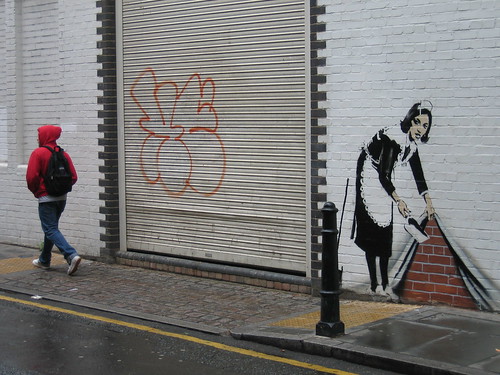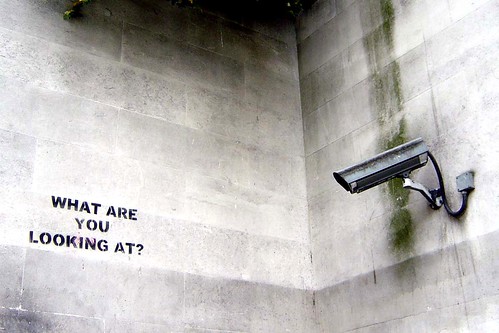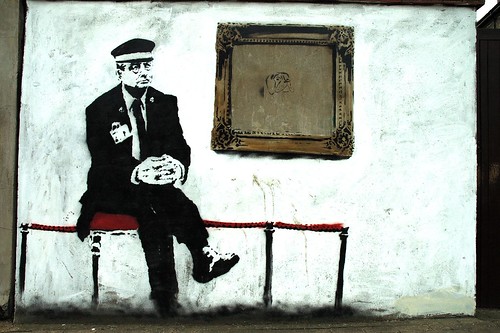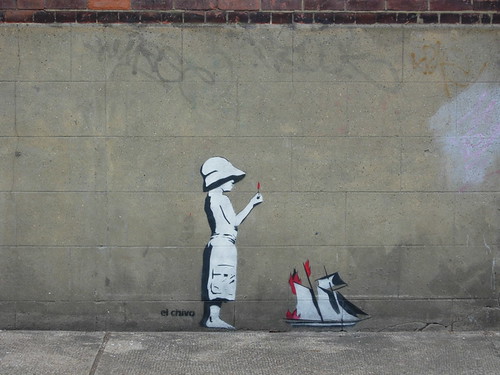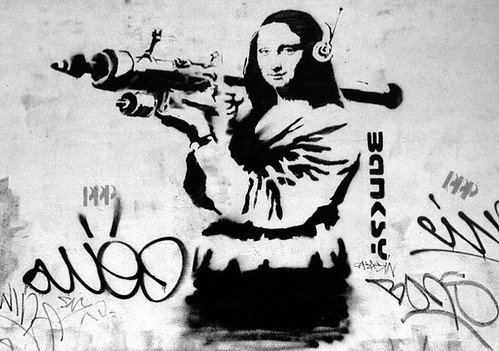What is The Pirate Bay (TPB) supposed to have done?
TPB is the site of a BitTorrent tracker. In other words it helps users to locate BitTorrent files. BitTorrent is a variant (some would say development) of the Peer-to-Peer networks. It (the BitTorrent protocol) is a method for advertising and sharing files over a network.
Basically users looking for files (this can be films, music, texts, software etc) go to the search engine (TPB) and conduct a search. If they find what they are looking for they can download a â??.torrentâ?? file. This is not the actual end file they are looking for. It is a file which contains meta data about the file which they are looking for.
This data contains two sections. One that specifies the URL of the tracker and the other that contains the filename, fragment size, key length and a pass. The torrent file can contain information about many end files.
By activating the torrent file one begins the download of the end file or files. These are downloaded from several computers where the file is stored. As soon as part of the file is downloaded the downloader also becomes a source where others may download this part of the file. Once the download is complete the downloader may decide to keep this file available to others or remove it from the swarm.
Torrents are used to coordinate file sharing of copyrighted material both with and without the copyright holders consent. The technology cannot define whether the actions are legal or illegal. At present I have two complete files which I have been sharing for some time via BitTorrent. Since I am sharing complete files I am called a Seeder.
I have the most recent version of UBUNTU which is a Linux operating system licensed under the GPL license where sharing (and more) it is allowed. I have a film called Elephants Dream which is licensed under Creative Commons Attribution License and it is therefore permissible to share. In both these cases I am providing a service and helping the legal distribution of material.
OK â?? so that was the technical side. What does TPB do?
TPB is a search engine which helps people find the small tracker (.torrent) files. In other words the small files which contain information about where the end files are within the network. These tracker (.torrent) files are possibly not even capable of being copyrightable. If they are protected by copyright then they are the property of the author â?? in other words their creator. Not the creator of the end files that they track.
TPB case is going to be exciting to watch because the people in control of TPB are well aware of their legal position and of what they are doing. They will not have made the newbie mistake of having copyrighted material on their servers without permission.
Is it illegal to do what TPB does? If I tell you that you can buy a Gucci wallet knockoff at a well known marketplace am I guilty of the crime of â??facilitating copyright infringementâ??? Better still if I tell you how to make your own Gucci wallet am I still innocent? If I could sow and I create a copy of a fashionable suit for my own use is this copyright violation? If I instruct someone else is this â??facilitating copyright infringementâ???
If TPB are â??facilitating copyright infringementâ?? then what about Google? or Flickr? Google helps me find images and texts of masses of copyrighted material. Flickr not only helps me find it but also helps me store it?
What about the local library? They help me find and copy the material I needed to write this postâ?¦
The next step is obviously the question of the police action. The police have removed property from TPB. Removing property is a serious step and the question is whether the alleged crime motivates such action. In the case of computer equipment the question of surplus information must also be taken into consideration. In other words have the police taken too much?
TPB website today states that even servers containing material from organisations not connected with TPB were taken â?? in this case this amounts to a serious violation of an organisations ability to communicate. Can this amount of force justified â?? is the police action proportional to the alleged crime? Especially when other non-accused organisations are affected by police action.









